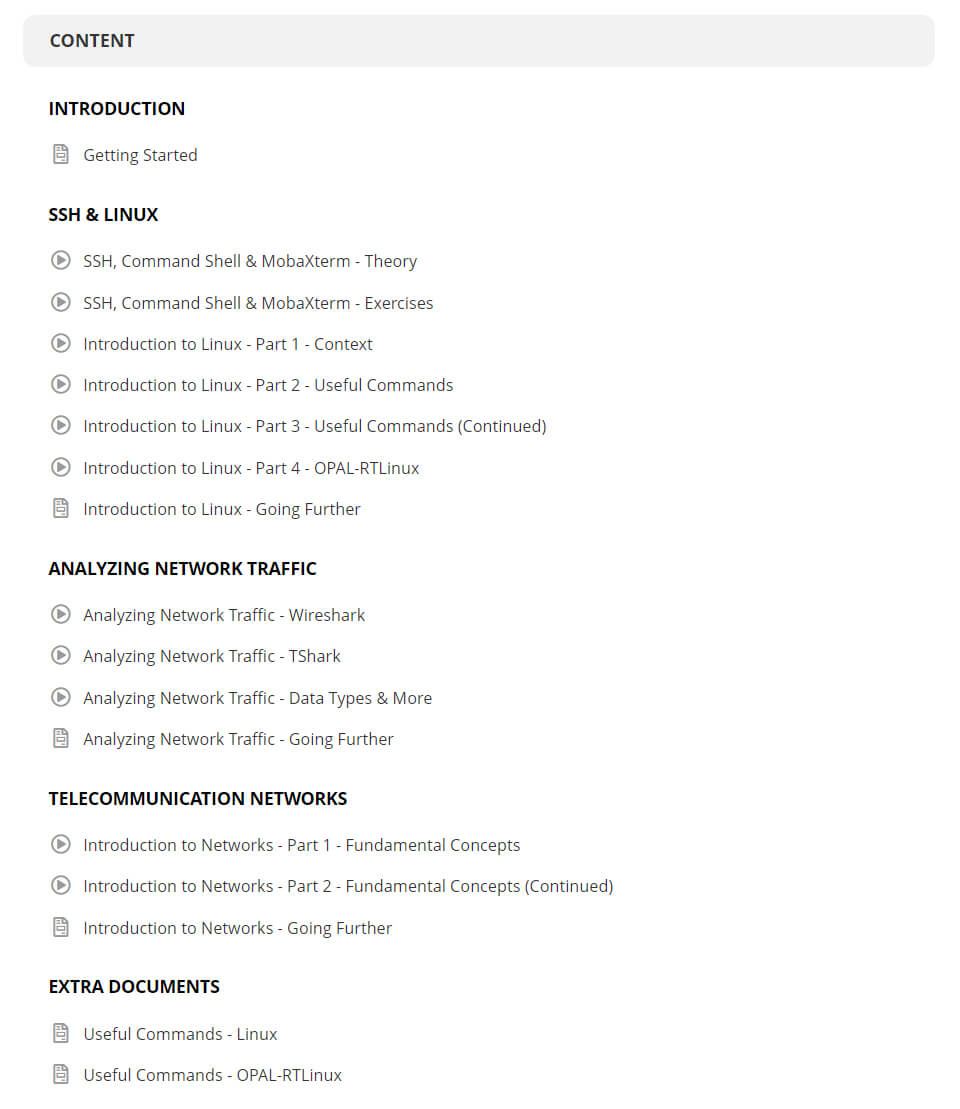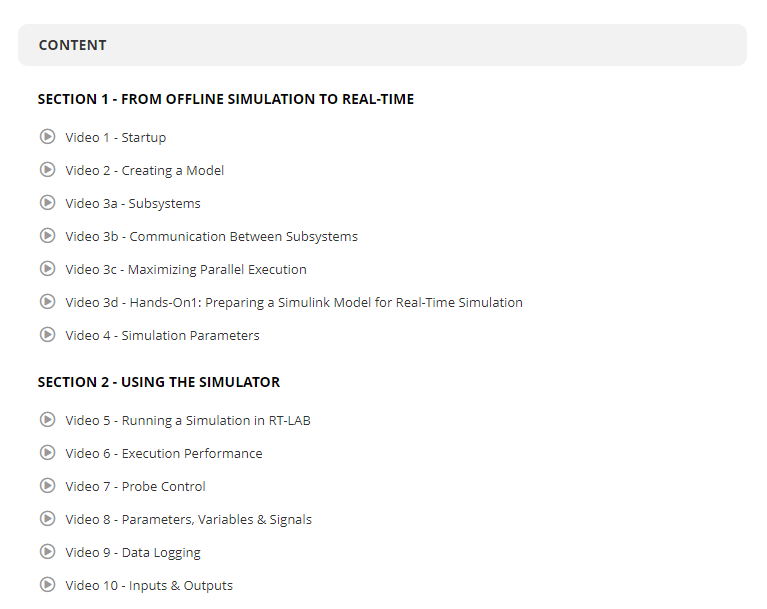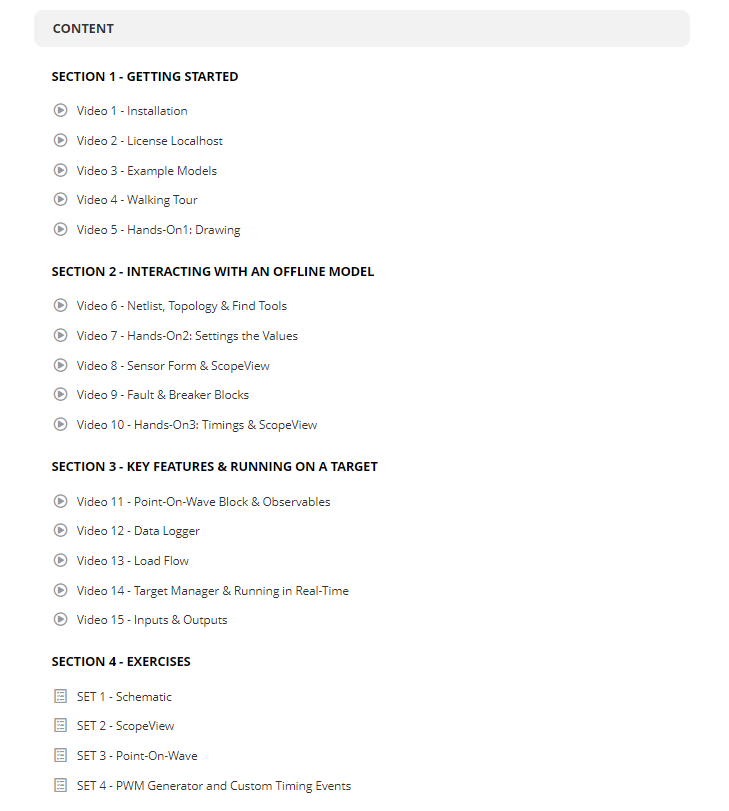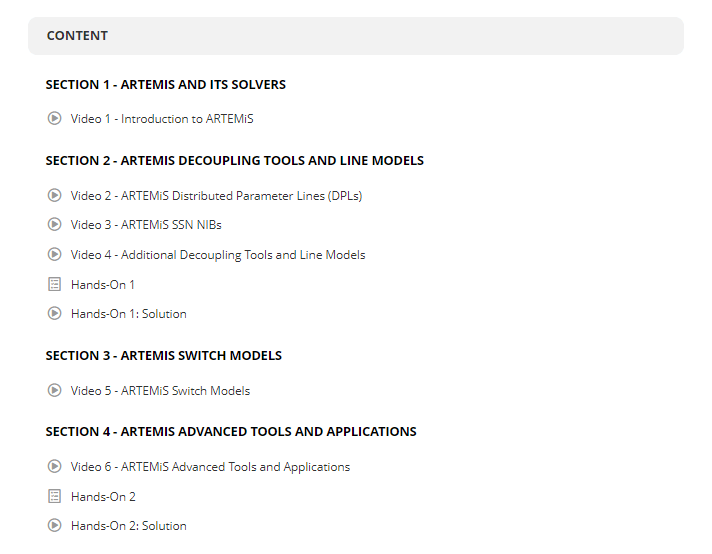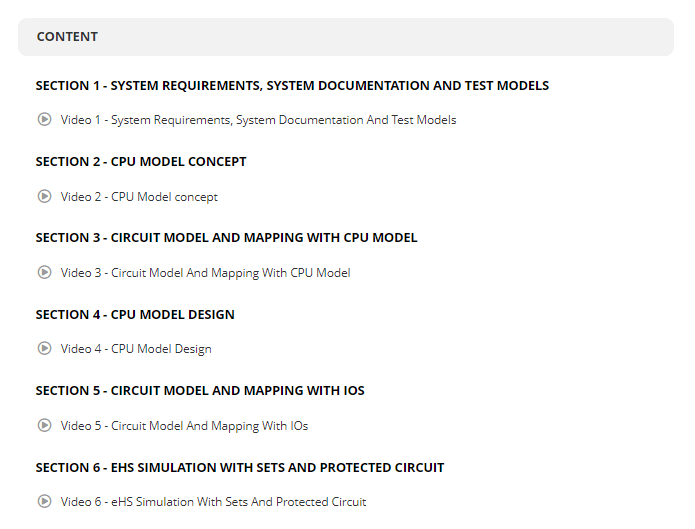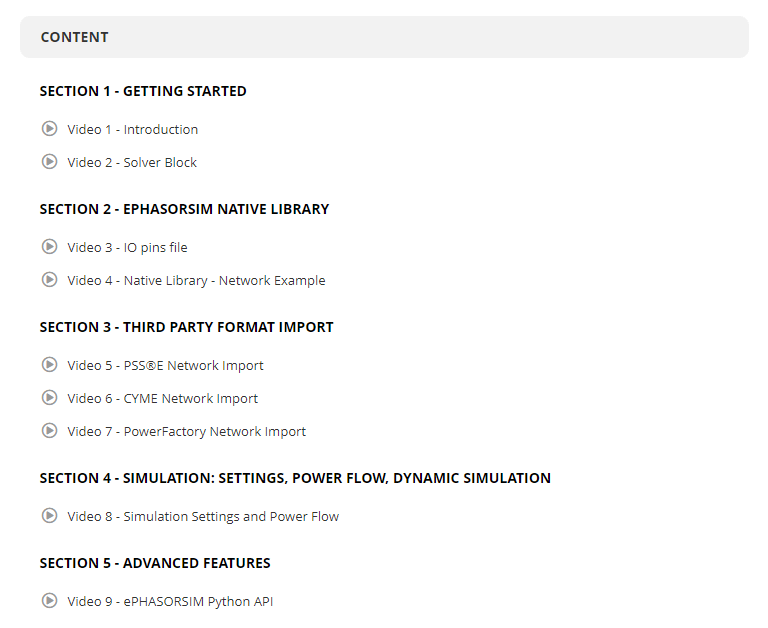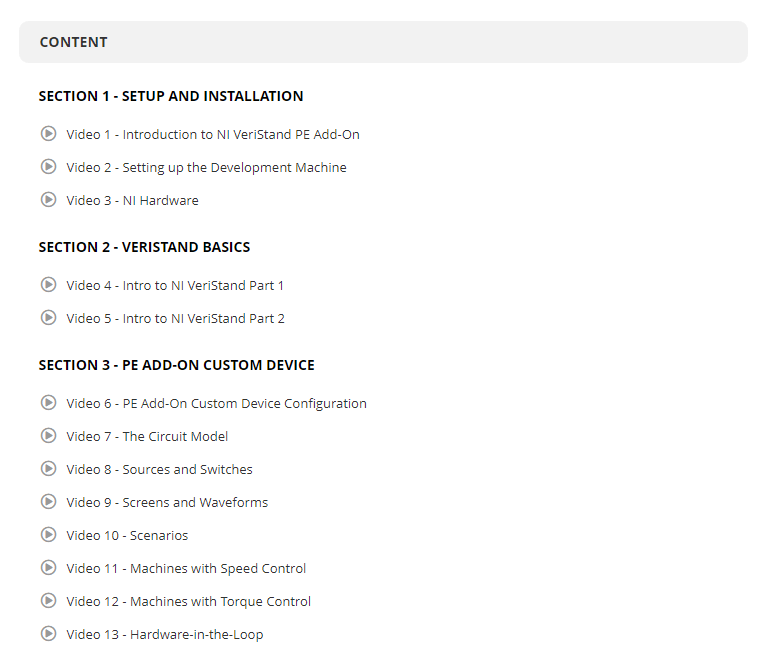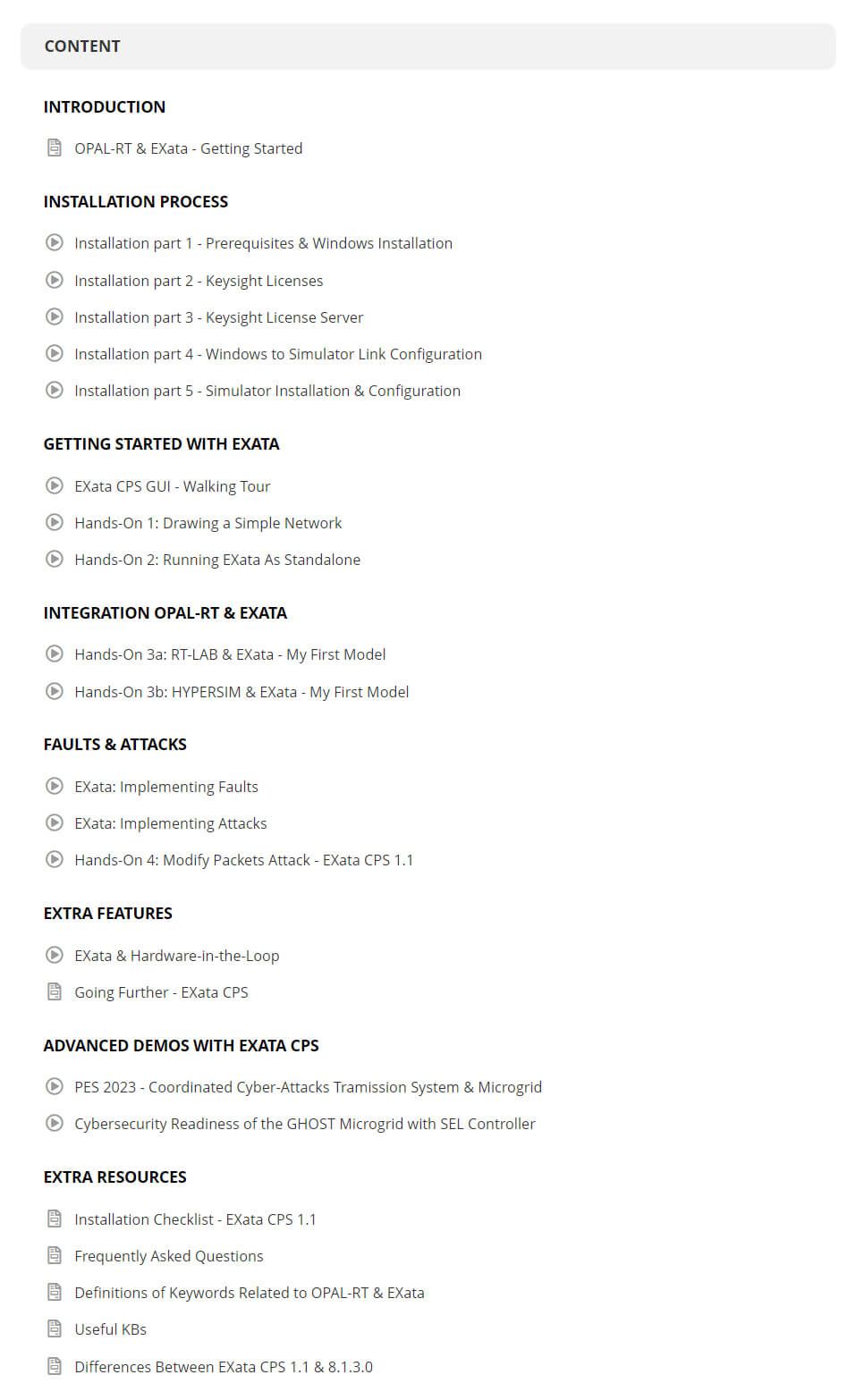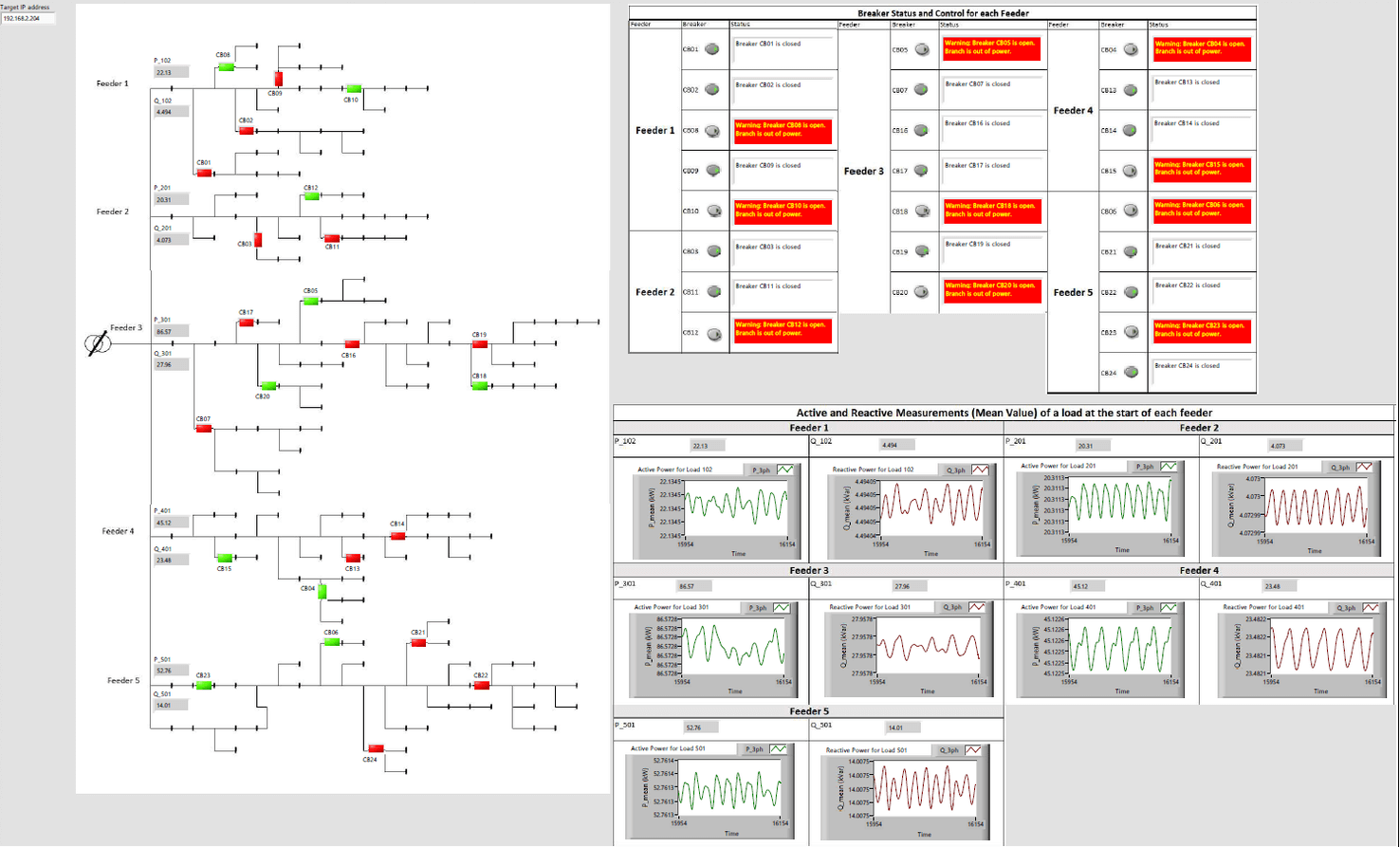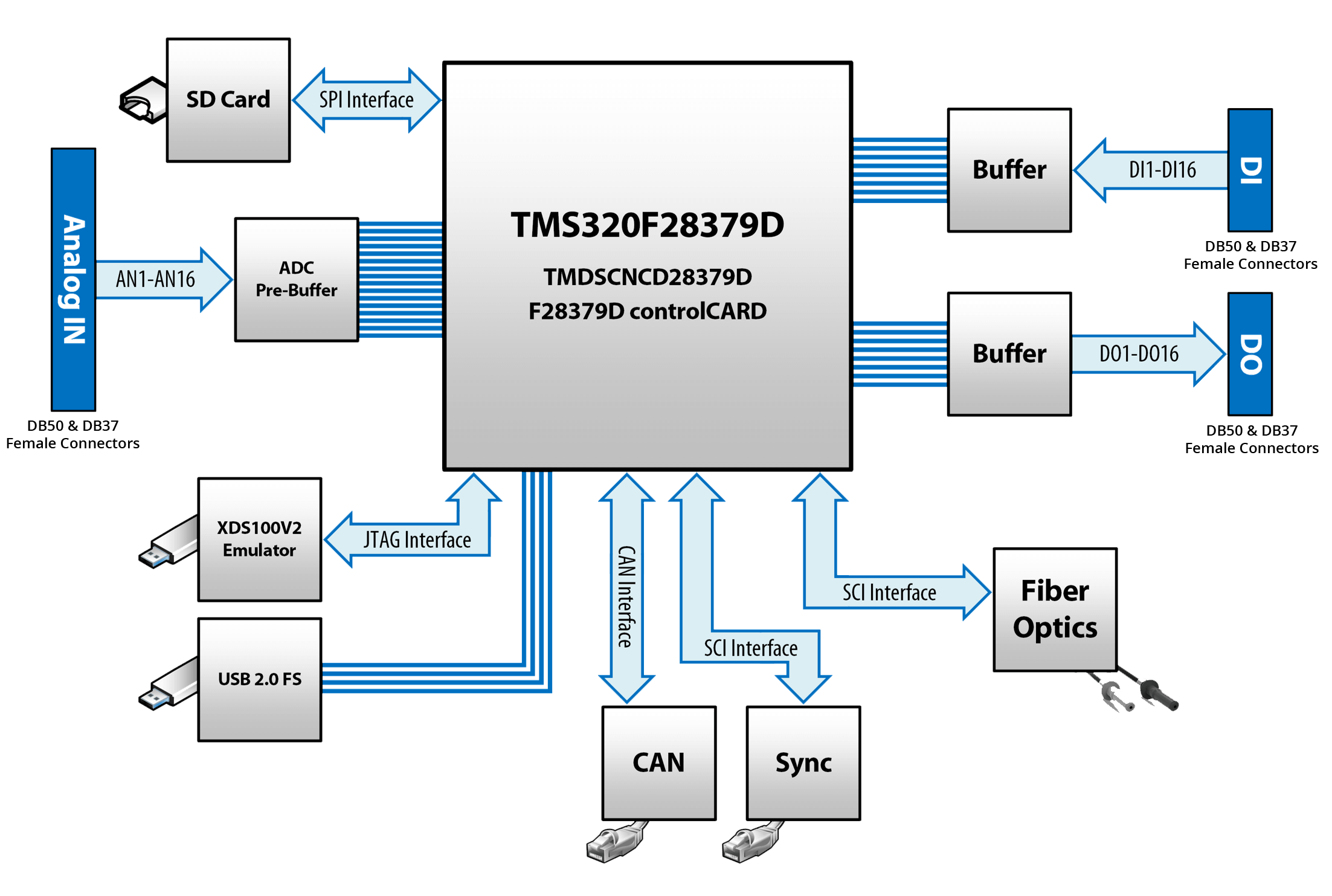- Video
Resource Center

| This presentation highlights the use of HYPERSIM’s new power electronics library allowing the study of not only the renewable energy source but its effects on power system operation, especially where the intermittent energy source constitutes a significant part of the total system capacity. In addition, it allows the validation of complex control algorithms using Control-Hardware- in-the-Loop Simulation. It features switching function converters controlled by firing pulses averaged over a specified period (virtual FPGA). The switching function model technique is well-suited for real-time simulation keeping the harmonics fidelity and power balances over the simulation. A home on-grid solar system benchmark, featuring the new HYPERSIM’s PV array model based on the well-known five parameter model for photovoltaic modules, is presented to demonstrate the operation of a photovoltaic residential system connected to the electrical grid. The PV model implements a PV string of 6 PV modules with by-pass diodes. A two-stage inverter, composed of a boost DC-DC converter and a single-phase DC-AC full-bridge converter, is connected to the PV string. The boost DC-DC converter is PMW-controlled using a Maximum Power Point Tracking (MPPT) control system based on the "Perturb and Observe" technique with scanning capability. Finally, the two-stage inverter is connected to a residential load being part of a distribution circuit. The grid is modelled using a typical pole-mounted transformer and an ideal AC source of 14.4 kV. The transformer 240 V secondary winding is center-tapped and the central neutral wire is grounded. The inverter, the residential load as well as the neighboring loads are connected to the 240 V secondary winding. Simulation results show the PV array running in real-time in 15us under normal and partial shading conditions as the MPPT operates. |

